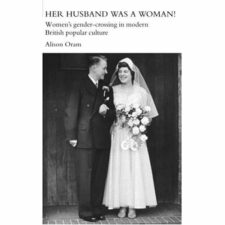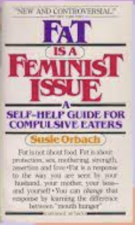Observations upon the Proper Nursing of Children, Edinburgh Magazine, June 1761, pp. 304-5.
A child, when it comes into the world, is almost a round ball: it is the nurse’s part to assist nature in bringing it to a proper shape. The child should be laid (the first month) upon a thin matrass, rather longer than the child, which the nurse will keep upon her lap, that the child may always lie straight, and only sit up as the nurse slants the matrass. To set a child quite upright, before the end of the first month, hurts the eyes, by making the white part of the eye appear below the upper eye-lid. Afterwards the nurse will begin to set it up, and dance it by degrees. The child must be kept as dry as possible.
The cloathing should be very light, and not much longer than the child, that the legs may be got at with ease, in order to have them often rubbed in the day, with a warm hand or flannel; and in particular the inside of them.
Rubbing a child all over, takes off scurf, and makes the blood circulate. The breast should be rubbed with the hands, one, one, way, and the other, other way, night and morning at least.
The article-bones and inside of the knees should be rubbed twice-a-day; this will strengthen those parts, and make the child stretch its knees, and keep them flat; which is the foundation of an erect and graceful person.
A nurse ought to keep a child as little in her arms as possible, left the legs should be cramped, and the toes turned inwards. Let her always keep the child’s legs loose. The oftener its posture is changed the better.
The child should begin to walk upon a carpet or blanket, from three months old; the nurse must hold the child by the hips, that the movement in walking may come from that part, and not drag it by the arms.
Tossing a child about, and exercising it in the open air in fine weather, is of the greatest service. In cities, children are not to be kept in hot rooms, but to have as much air as possible.
Want of exercise is the cause of large heads, weak and knotted joints, a contracted breast; which occasions coughs and stuffed lings, an ill shapen person, and wadling gait, besides a numerous train of other ills.
The child’s flesh is to be kept perfectly clean, by constantly washing its limbs, and likewise its neck and ears; beginning with warm water, till by degrees it will not only bear, but like to be washed with cold.
Rising early in the morning is good for all children, provided they of themselves, which they generally do; but they are never to be waked out of their sleep, and as soon as possible to be brought to regular sleeps in the day.
When laid in bed or cradle, their legs are always to be laid straight.
By this method most children may be taught to walk alone, quite strong and upright, by the ninth or tenth month. At all times, till they are two or three years old, they must never be suffered to walk long enough at a time to be weary.
Girls might be trained to the proper management of children, if a premium were given in free-schools, work-houses, &c to those that brought up the finest child to one year old.
If the mother cannot suckle the child, get a wholesome chearful woman, with a young milk, who has been used to tend young children. After the first six months, small broths and innocent foods, of any kind, may do as well as living wholly upon milk.
A principal thing to be always attended to, is, to give young children constant exercise, and to keep them in a proper posture.
With regard to the child’s dress, in the day, let it be a shirt, a petticoat of fine flannel, two or three inches longer than the child’s feet; with a dimity top (commonly called a bodice-coat) to tie behind; over tha a surcingle made of fine buckram, two inches broad, covered over with satin, or fine ticken, with a ribbon fastened to it, to tie it on, which answers every purpose of stays, and has none of their inconveniences. Over this put a robe, or a slip and frock, or whatever you like best; provided it is fastened behind, and not much longer than the child’s feet, that their motions may be strictly observed.
After the first six months, the child may wear shoes and stockings, provided the shoes are large enough, and very broad at the toes, that the feet may not be cramped.
Two caps are to be put on the head, till the child had got most of its teeth.
No leading-strings of any kind should be used till the child can go quite alone, strong and upright.
The child’s dress for the night, may be a shirt, a blanket to tie on, and a thin gown to tie over the blanket.
Plentiful, competing and often contradictory advice for new mothers is not just a problem of the twenty-first century! Katie Barclay found this article whilst browsing some eighteenth-century newspapers.

